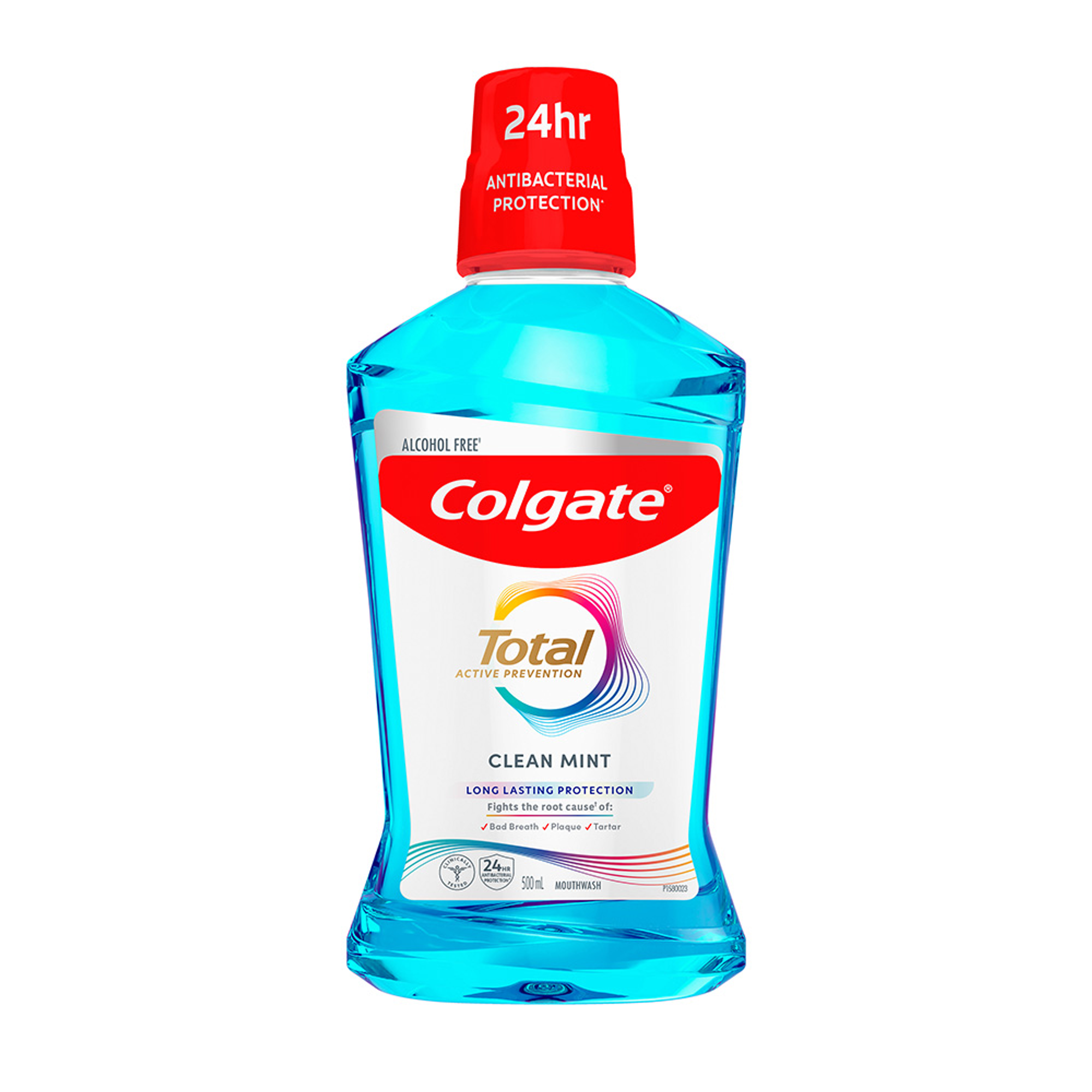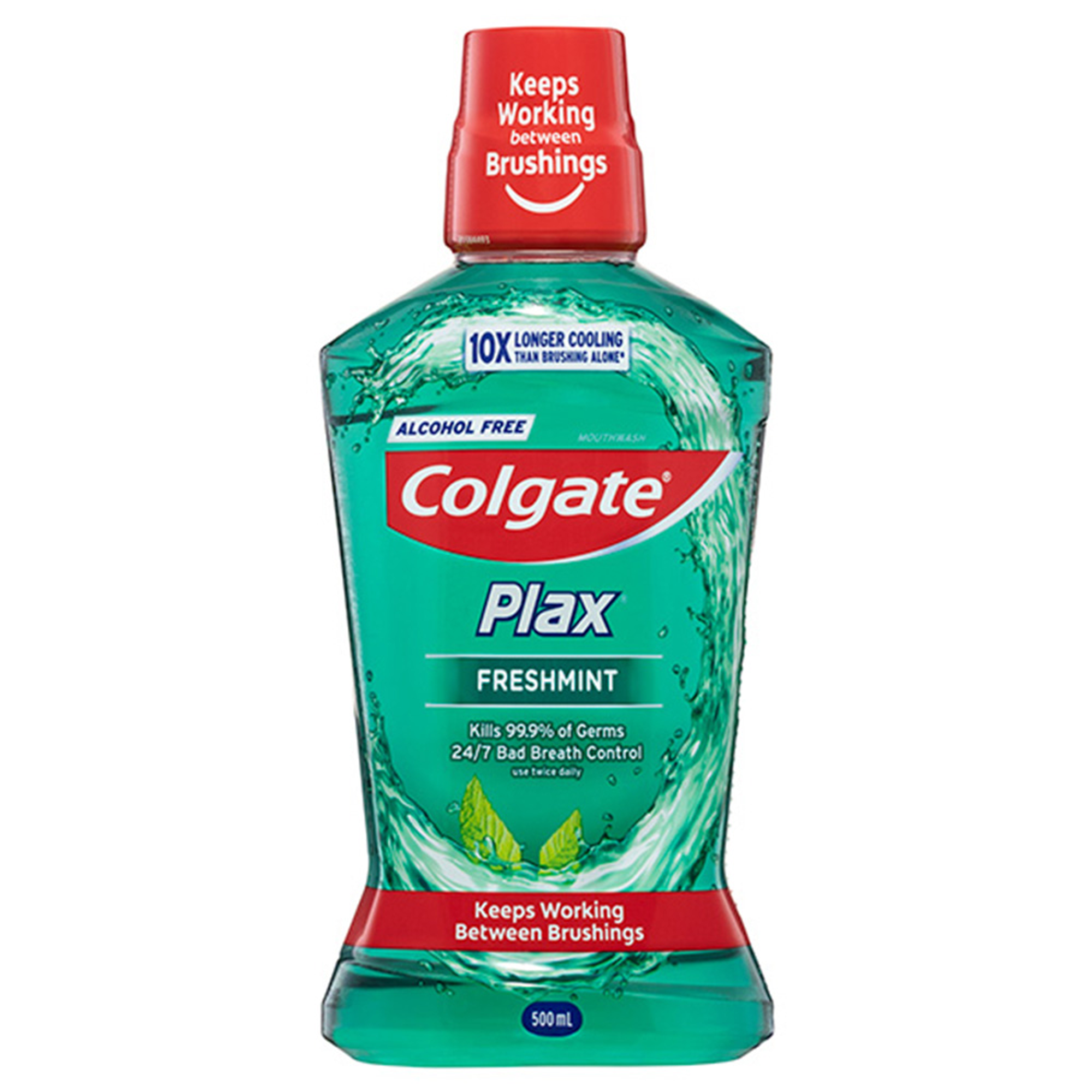
Patients can present with a variety of complex needs and conditions. The aging population in Australia is growing and when combined with the fact that many older people suffer with chronic general health conditions and are keeping their natural teeth for longer, dental professionals can be faced with a variety of challenges.
The phases of care framework can be used by dental practitioners to formulate a treatment plan for patients using a methodical and patient-centered approach. The phases are broken into key stages: urgent phase, control phase, re-evaluation phase, definitive phase, and maintenance phase (Sivakumar et al. 2021). I asked a local expert Elvina Bonnici, Oral Health Therapist and Lecturer at the University of Adelaide about her approach to treatment planning and how she encourages her students to align their treatment planning considerations with the phases of care framework. Her responses are included in the discussion below.
Urgent Phase
In the initial urgent phase, the dental professional is to address the immediate chief complaint of the patient, or urgent care needs identified by the practitioner. This can range from patient-reported pain, to dental trauma, soft tissue pathology or aesthetic concerns. The treating practitioner should carefully consider the patient’s symptoms and concerns to help formulate a diagnosis and plan for care. This could involve stabilisation, treatment of the problem, or referral to an appropriate practitioner.
Control Phase
The second phase of care often comprises the largest portion of a dental professional’s role in improving a patient’s oral health. During this phase, the clinician’s aim is to achieve a reduction of oral disease and to stabilise their patient’s dental health. I asked Elvina what clinicians should consider in the control phase to which she responded, “This phase requires the clinician to launch into a range of clinical investigations, identify etiological risk factors and create a targeted and individually tailored preventive and corrective treatment plan that may involve a variety of dental, medical and allied health practitioners”. Various strategies and aspects of a patient’s dental health will be considered at this stage ranging from and not limited to periodontal, restorative, endodontic, exodontic, prosthodontic, and preventive care.
Re-evaluation Phase
The third phase allows the opportunity for the clinician to pause and review. The intent is to allow time for healing, to evaluate treatments, and to reinforce messages of dental disease prevention. It also allows the clinician to check-in with their patients to see how they are managing and if they require any tailoring to any at-home preventive regimes.
Definitive phase
Following on from the re-evaluation phase, the definitive phase aims to focus on corrective or reparative care. During this phase the clinician can reassess their patient’s needs and determine if they require further care. This may involve the referral to specialised dental professionals in disciplines such as endodontics, periodontics, orthodontics, oral surgery, special needs, prosthodontics, or paediatrics. It can also include other health professionals such as physiotherapists, speech pathologists, dietitians, medical professionals, psychologists, and others, as necessary.
Maintenance phase
The final phase of care is focused on supportive therapy to maintain a patient’s oral health. This will include establishing an appropriate recall period for a patient’s next dental checkup or review. I asked Elvina how clinicians should determine appropriate recall periods for their patients? She replied, “As patients are dynamic and faced with changing social and medical circumstances, practitioners need to re-evaluate this interval at each examination”. During these future visits, dental professionals can reinforce oral health prevention and remotivate patients to maintain their healthy habits.
Sivakumar, A, Thangaswamy, V & Ravi, V 2012, ‘Treatment planning in conservative dentistry’, Journal of Pharmacy and BioAllied Sciences, vol. 4, no. 2, pp. 406-409.
William Carlson-Jones is an Oral Health Therapist currently working part-time in private practice across rural South Australia and at the Adelaide Dental School providing clinical tutoring with the University of Adelaide. Completing his Bachelor of Oral Health and Graduate Certificate in Oral Health Science both from the University of Adelaide, CJ is currently undertaking a Master of Business Administration with aspirations to facilitate accessible, high quality dental care for all Australians. He is the Director of Finance for the Australian Dental & Oral Health Therapists’ Association (ADOHTA) and is a strong advocate for a team approach to dental care. He is a founding representative of the Colgate Advocates for Oral Health: Editorial Community.
Join us
Get resources, products and helpful information to give your patients a healthier future.
Join us
Get resources, products and helpful information to give your patients a healthier future.











